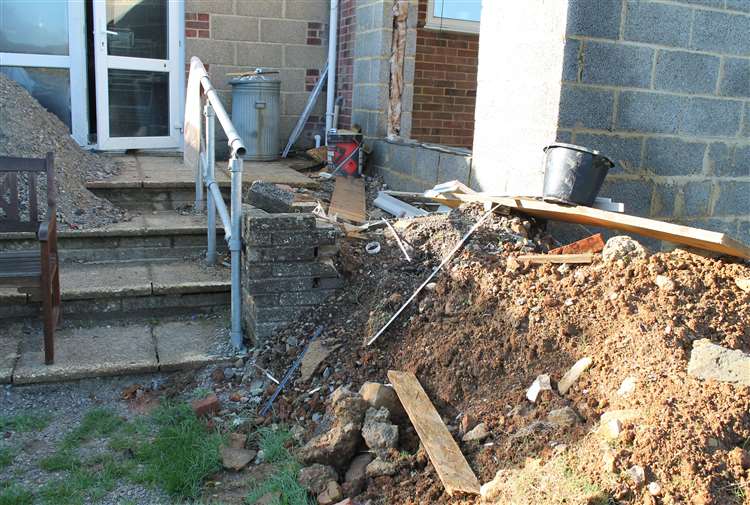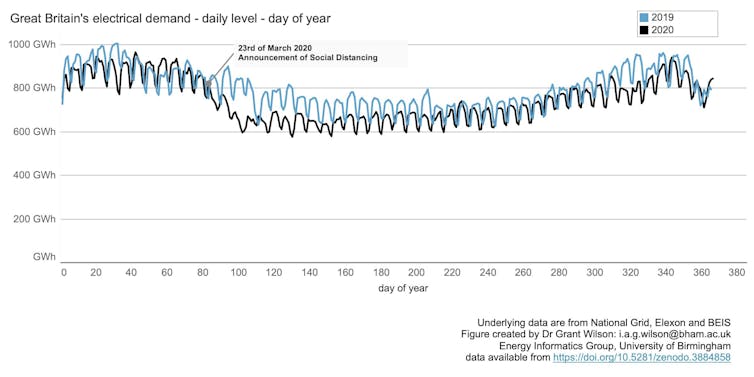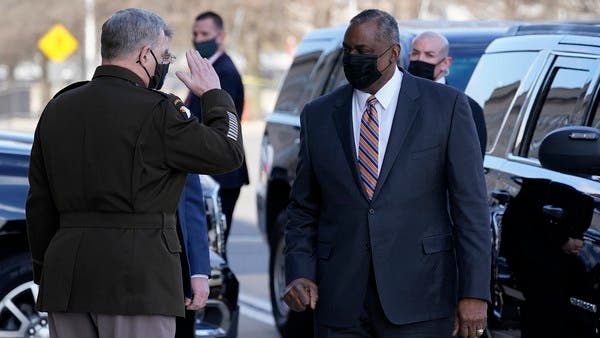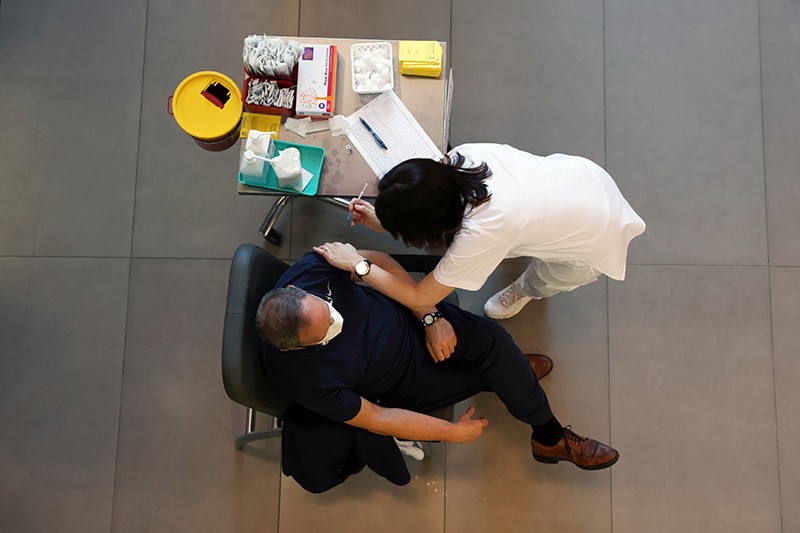CRIMINAL CAPITALI$M
MEPs vote to add Channel and British Virgin Islands to tax haven blacklist
UK overseas territories such as Cayman Islands also may lose protection once afforded by UK’s EU membership

The European parliament is pushing for UK overseas territories including the British Virgin Islands, Guernsey and Jersey to be added to an EU tax havens blacklist after the conclusion of the Brexit deal.
Sending a signal that tougher action on tax avoidance was required in response to the coronavirus pandemic, MEPs voted overwhelmingly in favour of adding more nations and territories to the list of non-cooperative jurisdictions.
The resolution, passed earlier this week by a vote of 587 to 50, included measures calling for the automatic inclusion on the blacklist of countries which use a 0% tax regime. Among these are the UK overseas territories, viewed by transparency campaigners as havens for tax avoidance.
Several jurisdictions have been taken on and off the list since it was first launched in 2017. However, those linked to EU member states have typically avoided inclusion, and the UK had lobbied to protect its overseas territories from past scrutiny
After the vote, any decision to expand the blacklist would rest with the 27 member states on the EU’s Economic and Financial Affairs Council. While also arguing for the inclusion of EU territories such as the Netherlands, Ireland and Malta, MEPs said that after Brexit that UK territories lacked a layer of protection from inclusion on the blacklist.
This week’s vote explicitly mentioned the conclusion of the Brexit deal, saying that Britain’s overseas territories should now be screened for potential inclusion on the list, and that the Brexit deal was based on “mutual values and geared towards common prosperity, which automatically excludes aggressive tax competition”.
Robert Palmer, the director of the Tax Justice UK campaign group, said: “Post-Brexit the UK tax havens have lost their protector within the corridors of Brussels. I’d expect to see the EU to ramp up pressure on places like Jersey to clean up their act. The UK itself has been warned that if the government tries a Singapore-on-Thames approach, with a bonfire of regulations and taxes, then the EU will act swiftly.”
The push to expand the blacklist comes amid criticism from MEPs that the current version excludes many locations widely regarded as tax havens, including the Cayman Islands. The British overseas territory was included on the EU blacklist in February last year, but was then later removed.
Debating the vote on Wednesday, Spanish conservative MEP José Manuel García-Margallo attacked the post-Brexit status of Gibraltar. “Who would set up in European territory if they can set up in Gibraltar and not pay tax and have access to the European Union? We were concerned about the UK becoming a Singapore on our borders. So should we accept a tax haven on the borders at Gibraltar?”
Scrutiny of the UK’s tax arrangements is rising amid concern on the continent that Boris Johnson’s government could dramatically reshape the regime to give Britain a competitive advantage outside of the EU. It also comes as government borrowing balloons in countries around the world due to the Covid-19 pandemic, putting pressure on nations to raise more from taxes to repair their battered public finances.
UK overseas territories have also come under the microscope after allegations of widespread political corruption, misuse of taxpayers’ money and a climate of fear led the governor of the British Virgin Islands to establish an independent judge-led inquiry into the claims.









